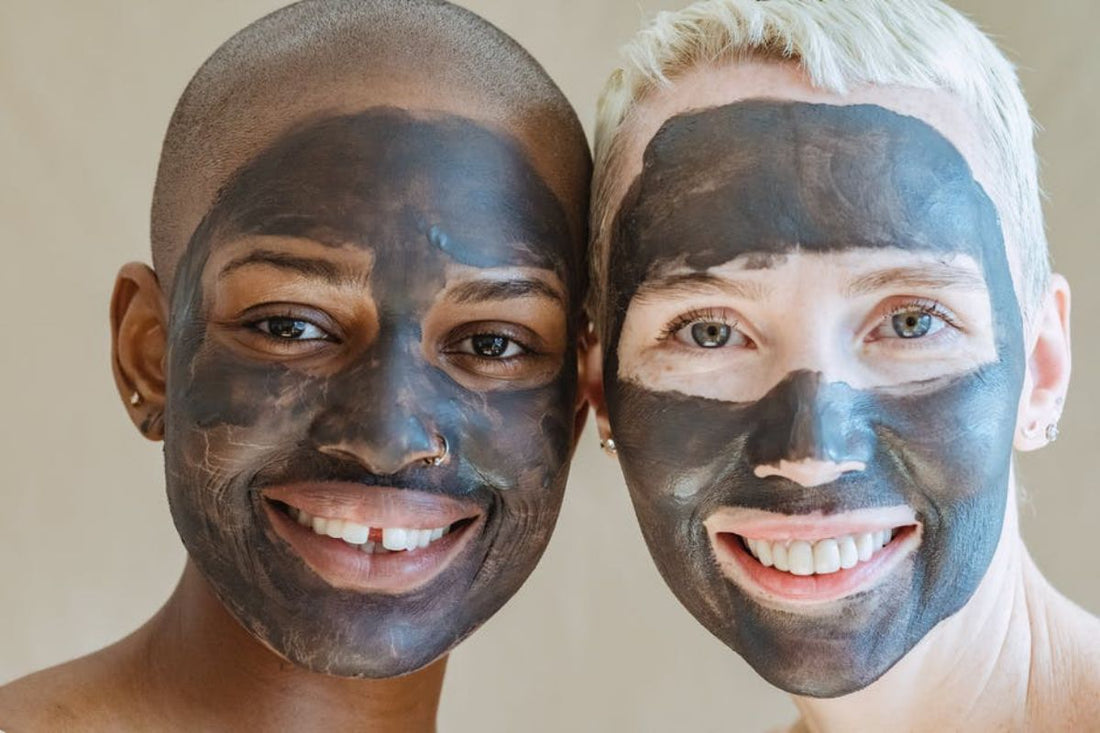
Sebaceous Filaments vs. Blackheads: What They Are and What to Do About Them
Distinguishing between sebaceous filaments vs. blackheads isn’t always an easy task. If you are among the countless individuals trying to figure this out for your skin, you’re in good company. While both of these skin conditions present as small dark spots in areas like the nose, back, and chin, they are, in fact, quite different from one another.
One thing they have in common, however, is that picking or “popping” either sebaceous filaments or blackheads can cause scarring or lead to infection. It’s always best to leave any removal to professional aestheticians.
Let's look at the distinctions between sebaceous filaments vs. blackheads and how to best prevent and treat them.
Sebaceous Filaments
Sebaceous filaments are caused by sebum-producing glands under the skin that are meant to produce natural oils that hydrate the skin. They begin to resemble blackheads when these glands produce too much sebum, and the sebaceous filaments fill and enlarge.
A key difference between sebaceous filaments vs. blackheads is that these pesky enlarged pores are not considered acne. While they may appear similar, sebaceous filaments are merely a natural result of aging, genetics, thickened pores and hair follicles, and too much sun exposure.
Some of the treatments to minimize the appearance of sebaceous filaments include salicylic acid, benzoyl peroxide, tea tree oil, and sun protection. In addition, the excess sebum production that leads to sebaceous filaments can be prevented before it occurs by consistently cleansing your face, avoiding harshly scrubbing any affected areas, using oil-free and alcohol-free skincare products, moisturizing daily, and choosing gentler skincare products.
Blackheads
As mentioned, blackheads are a form of acne. They occur when oils and dead cells begin to fill and enlarge the pores. After they have already formed, the best ways to treat blackheads include salicylic acid, extraction techniques conducted by a professional, retinoids, and chemical peels.
Skincare treatments designed to target and reduce clogged pores and blackheads specifically include our Power Peel and Microdermabrasion.
Sebaceous Filaments vs. Blackheads: Key Differences
Aside from the scientific and natural differences between sebaceous filaments vs. blackheads, there are also specific ways to distinguish them with a quick inspection.
First, sebaceous filaments do not tend to be as dark in color as blackheads. They often appear as a light gray color. In contrast, and as the name would suggest, blackheads appear as a black spot or bump. However, in some cases, when skin forms over the acne, it may actually appear to be white.
Again, one significantly important commonality between sebaceous filaments vs. blackheads is that they should not be picked. This will ultimately make either scenario worse.
Sebaceous filaments shouldn’t and can’t really be removed as they are a naturally occurring part of the skin that provides moisture. Because of this, they should be left alone.
Blackheads, on the other hand, are considered a type of acne. Although picking at them yourself is still discouraged, extraction techniques can be conducted by trained professionals.
In any case, we know that sebaceous filaments and blackheads can be difficult to identify and, consequently, tough to manage. You are not alone, and there are many options to choose from once a distinction between the two is made.
